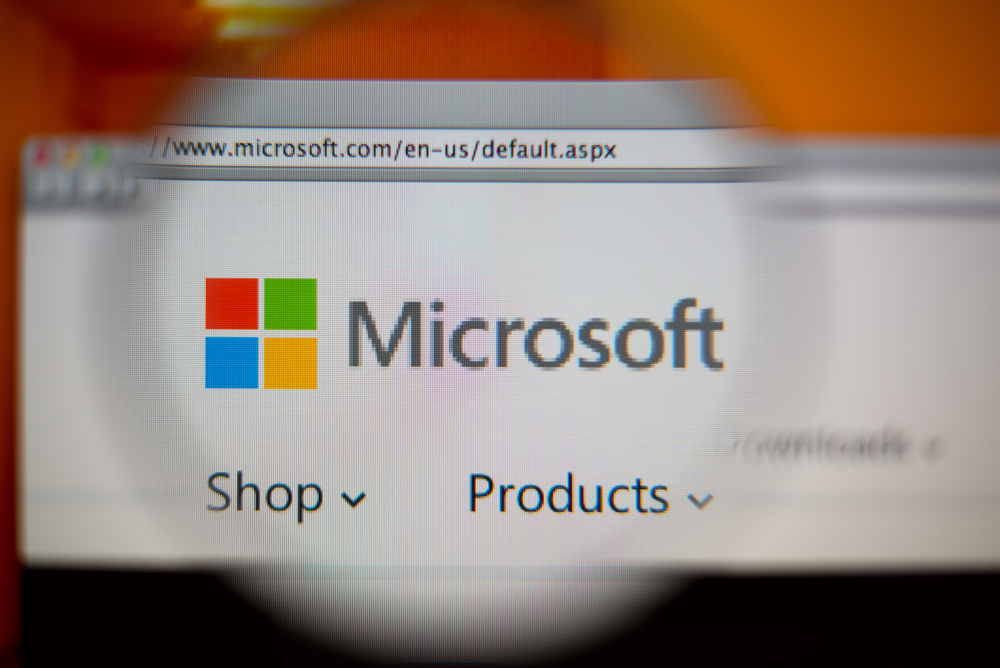Microsoft to scrap Basic Authentication in Exchange Online
The tech giant has announced October 2022 as the cut-off date for Exchange Online tenants


Microsoft will turn off Basic Authentication on all protocols for all tenants of its Exchange Online service starting October 1, 2022.
Microsoft said it will permanently disable this type of authentication regardless of usage - except for SMTP Auth, which can still be re-enabled after this date.
The company was originally going to turn off this service in October 2020 before the coronavirus pandemic continued its stranglehold on the world. However, it has started disabling Basic Authentication for some users who weren’t using it earlier in June.
“Basic Authentication is an outdated industry standard, and threats posed by Basic Auth have only increased in the time since we originally announced we were making this change,” the firm said. “Every day Basic Auth remains enabled in your tenant, your data is at risk, and so your role is to get your clients and apps off Basic Auth, move them to stronger and better options, and then secure your tenant, before we do."
From the beginning of next year, Microsoft will begin disabling Basic Authentication for some customers with usage on a short-term and temporary basis.
RELATED RESOURCE

Modernise endpoint protection and leave your legacy challenges behind
The risk of keeping your legacy endpoint security tools
Microsoft added that many customers have focused on other problems over the past year, and they might need to do more work in this area to be ready on time. “We hope that giving you 12 months’ notice will give you sufficient time to prepare,” it said.
Steven Hope, CEO, and co-founder of Authlogics, said all the traffic should be protected with SSL to keep the credentials a secret. However, with various SSL attacks, including man-in-the-middle, it can’t always be assumed the credentials are safe.
Get the ITPro daily newsletter
Sign up today and you will receive a free copy of our Future Focus 2025 report - the leading guidance on AI, cybersecurity and other IT challenges as per 700+ senior executives
“Furthermore, Basic Authentication does not allow for anything other than a fixed password, so there is no way to use it with a One Time Code or biometrics, for example. Customers are now being forced to embrace “Modern Authentication” as Microsoft calls it, but is basically a web-based login interface to generate an authentication token which can be reused for a period of time,” he said.
“The web interface allows for multi-factor authentication, from Microsoft as well as third parties, to be used which is a huge step forward. Is the change going to break things for those that are not prepared? Yes. Is it worth getting this done and out the way once and for all? Certainly yes!”
Rene Millman is a freelance writer and broadcaster who covers cybersecurity, AI, IoT, and the cloud. He also works as a contributing analyst at GigaOm and has previously worked as an analyst for Gartner covering the infrastructure market. He has made numerous television appearances to give his views and expertise on technology trends and companies that affect and shape our lives. You can follow Rene Millman on Twitter.
-
 Bigger salaries, more burnout: Is the CISO role in crisis?
Bigger salaries, more burnout: Is the CISO role in crisis?In-depth CISOs are more stressed than ever before – but why is this and what can be done?
By Kate O'Flaherty Published
-
 Cheap cyber crime kits can be bought on the dark web for less than $25
Cheap cyber crime kits can be bought on the dark web for less than $25News Research from NordVPN shows phishing kits are now widely available on the dark web and via messaging apps like Telegram, and are often selling for less than $25.
By Emma Woollacott Published